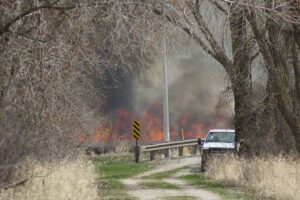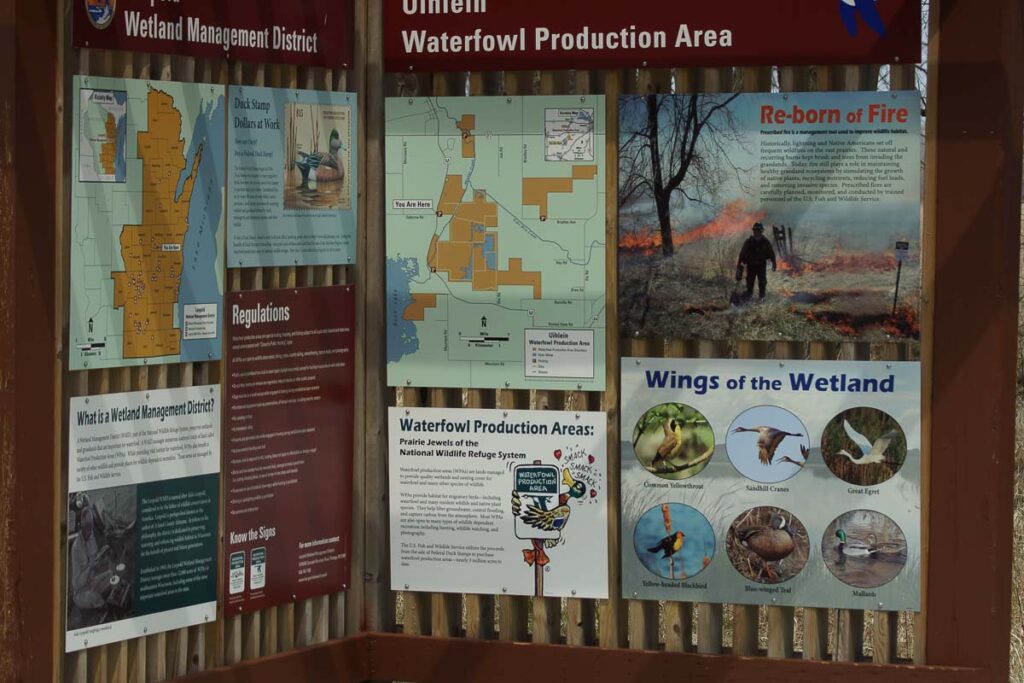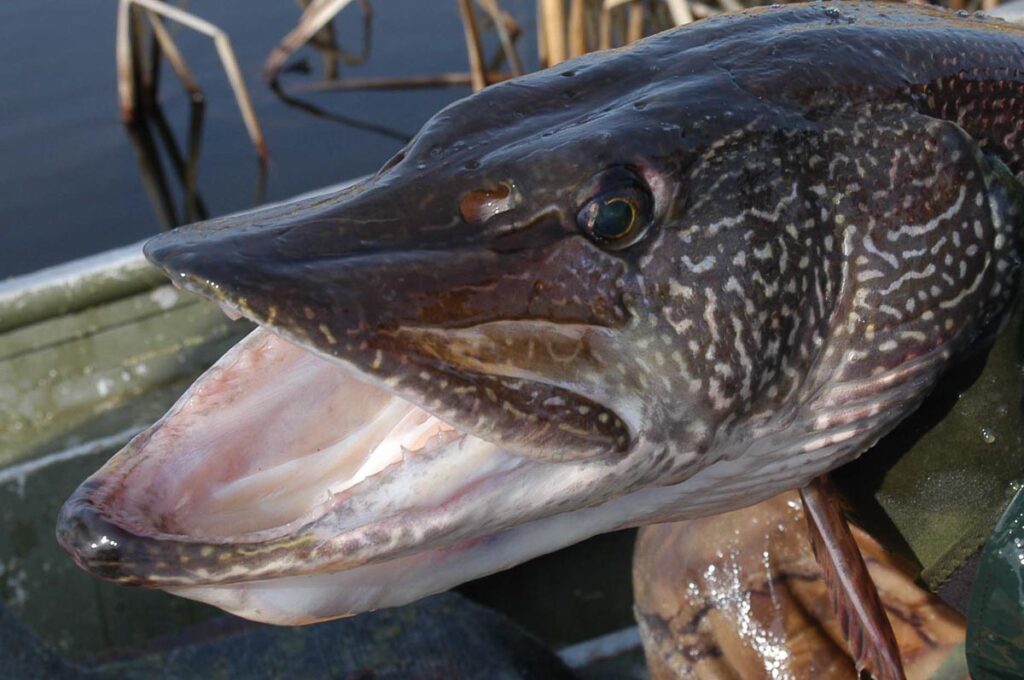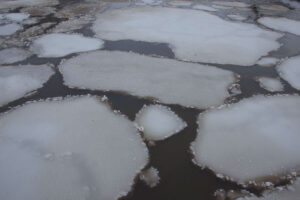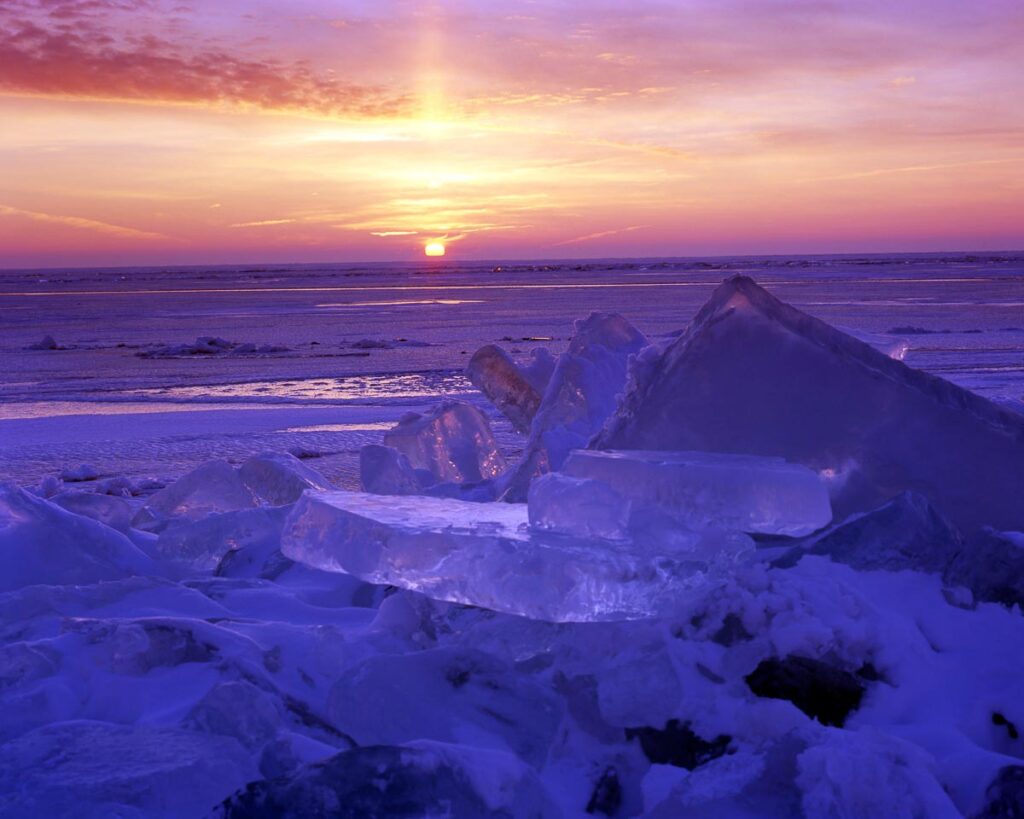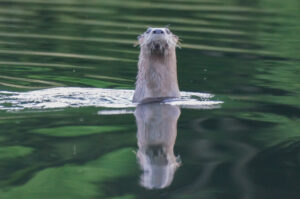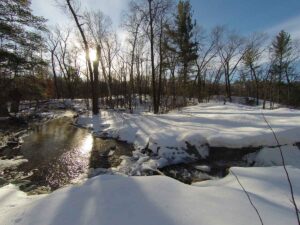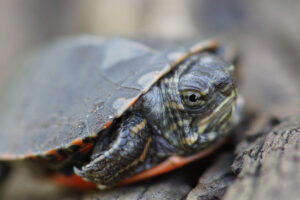
The other day I was launching my boat into Lake Puckaway to start work. As I worked to free the boat from the trailer I noticed something swimming in the water below. It was a tiny painted turtle hatchling more specifically it was a Midland Painted Turtle (Chrysemys picta marginata). The Midland subspecies has an interesting pattern on the plastron, or bottom shell that separates it from the other subspecies. This little turtle was swimming through the water underneath the trailer, so I scooped it up in my hand. I took a quick look and thought the kids would enjoy seeing it, so I brought it home. Safely in a bucket we spent the day mapping the lake. Then we headed home.
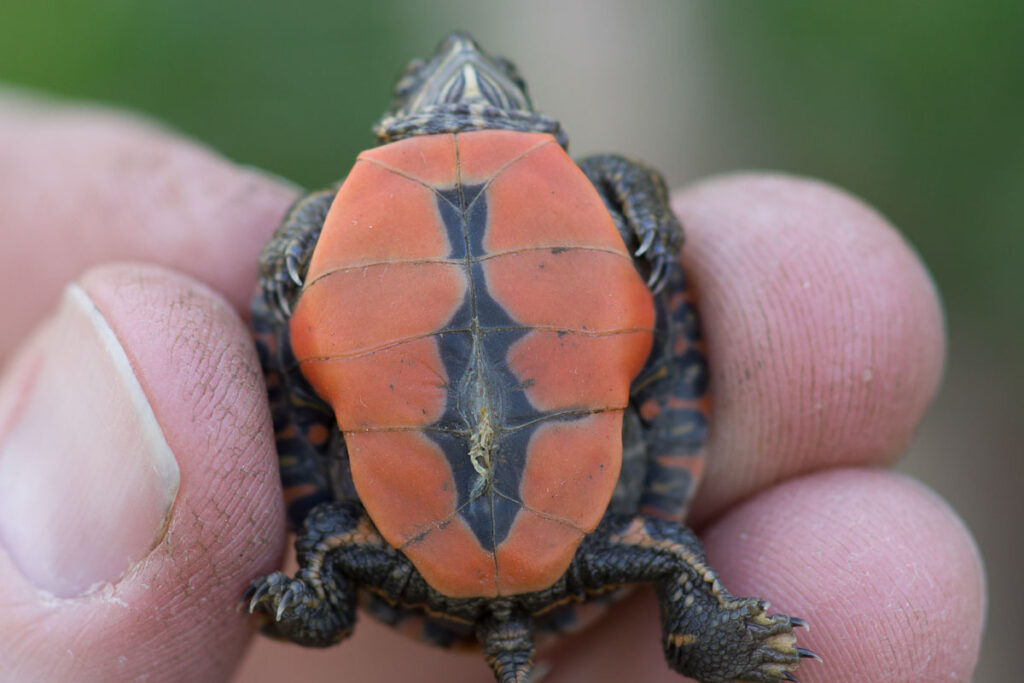
After careful thought my daughter named “him” Tim, she originally wanted to name him Shelly, “because he has a shell”, but my boys did not like that. She already had a stuffed turtle named Tom, so Tim seemed a good name. The kids enjoyed watching this small Painted Turtle for a time. After a while, I took Tim into the backyard for a little photo session. He was a pretty good model most of the time, but he kept trying to sneak away. The photo shoot didn’t last long, I didn’t want to cause him stress.
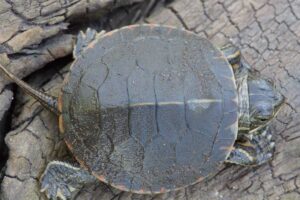
The next day it was back to the lake for more work and to release the turtle where I found him. I gently placed him in the water, and he paddled his legs and swam away, I hope this little turtle lives a long life. When I put the boat in the water the same day, there was a tree frog sitting quietly next to the spare tire on the trailer. I left him be, he had already ridden two miles I figured he would stick to his spot for a few hundred feet the parking spot, and indeed he did.

